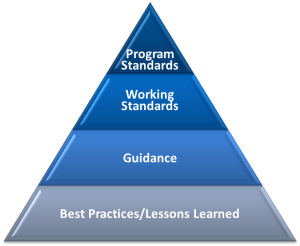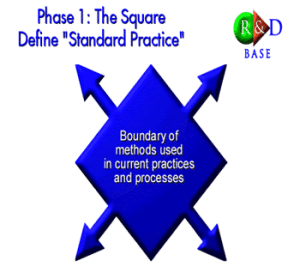We often hear talk about “scaling up” good practices but we rarely hear any talk about our capacity to do so. Capacity is a word that needs to enter the reform conversation more frequently.
Capacity literally means the ability, qualifications, or aptitude to do a task. But when it comes to improvements in education, I think it means much more. Take for example what I pointed out as good practices for parent-teacher conferences in Actions Set the Standard.
If a school leader wanted all teachers in the school to make the most of their encounters with parents, the leader’s ability to identify an improved practice and organize education on the subject would be only one step in the improvement process. A school leader must also have the desire, continued motivation, and patience to work with teachers while new practices are adopted and developed.
We are talking about changing the way people do things — that takes time and patience! It requires leaders with the capacity to understand and foster change in people. We’re talking about the human capacity to change.
Human capacity is based on trust, respect, and a willingness to accept feedback and work towards improvement. School children require we all make the effort to change in order to improve.


